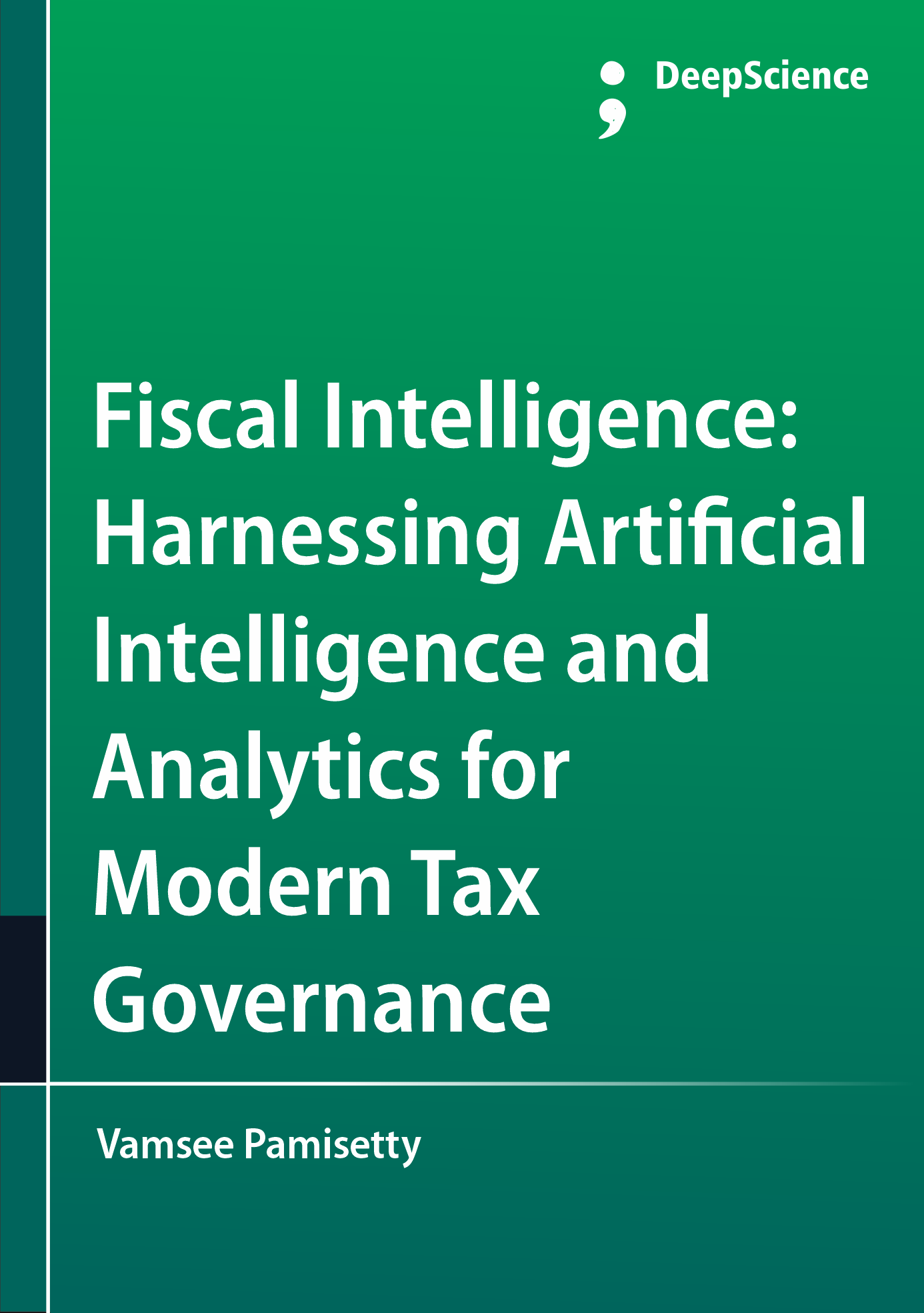Achieving seamless government financial operations through strategic IT system integration
Synopsis
Exclusively, this project report aims to describe research towards achieving seamless government financial operations through strategic IT system integration and to give descriptions of relevant work. Work described in this document has been accomplished in the Orion II contract of the State of New Jersey, which has highlighted the need for state-of-the-art methods. The execution of the contract is under the State Technical Support Program funded in part by the U.S. Department of Transportation and the Research & Innovative Technical Solutions Program of the New Jersey Department of Transportation.
The financial management activities in which all government entities engage are significant. For state governments, these functions include recording the receipt and disbursement of governmental funds and also monitoring, controlling, reporting, and auditing, through which the government ensures that its fiscal operations match intentions expressed in the budget. All state government entities, regardless of their specific missions, have approved budgets, and their financial operations support both the approved budgets and all policy decisions embodied in the budget. These systems derive their significance from providing the capability to effectuate policy decisions that significantly affect the citizens of any state. It is impossible to overestimate the importance of maintaining these state governmental systems with sufficient integrity, accuracy, capability, security, and reliability to meet their obligations.
Government financial statements are now prepared more as a result of administrative requirements than as a part of the whole organization in the service of executive and legislative oversight. These reports do not present either the flows of public services or the wealth of citizens. Reports that quantitatively present useful information about the real flows and stocks of public wealth do not yet exist. Accounting must help, and not impede, the management of public service delivery and the resulting public asset and liability changes.













